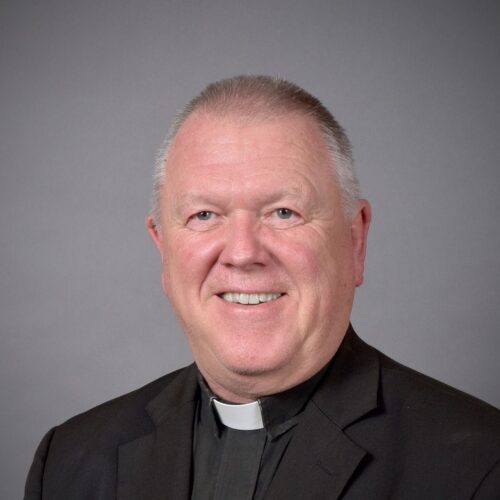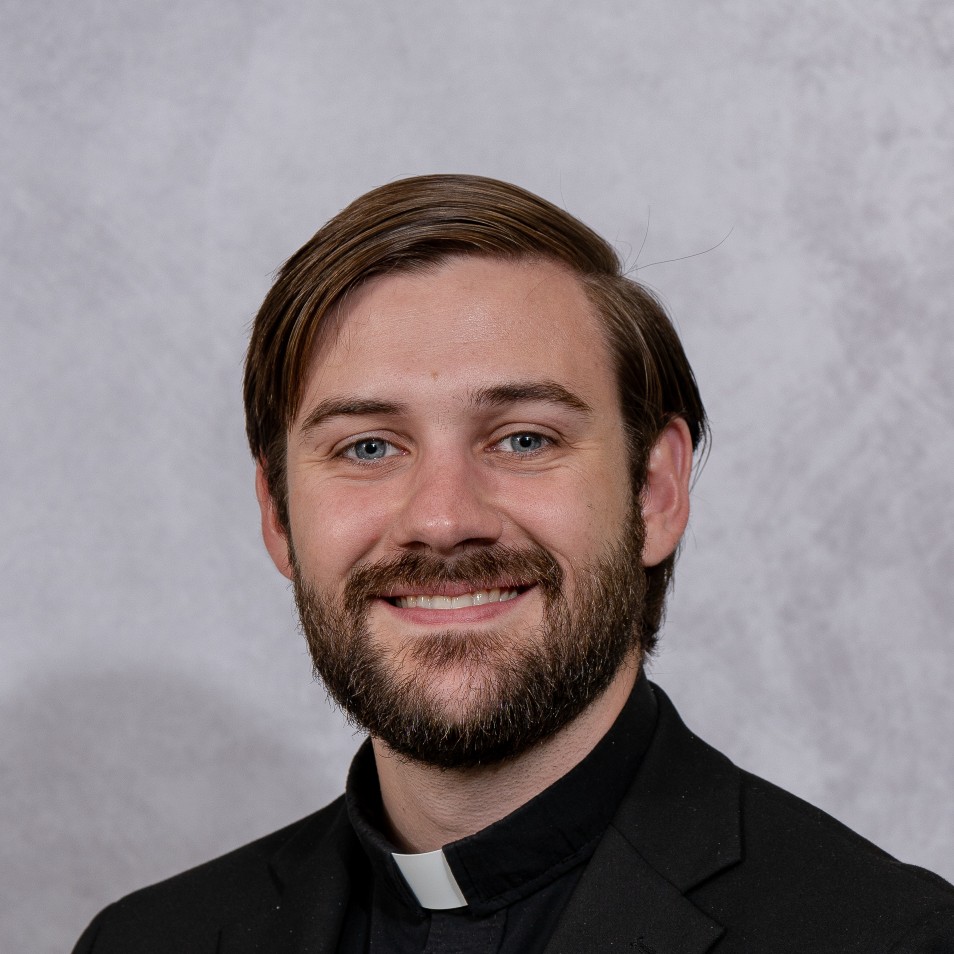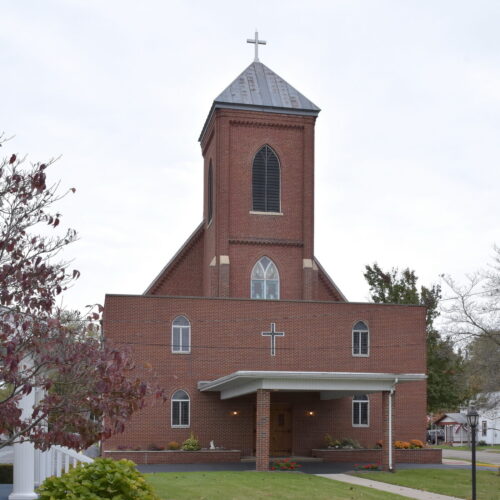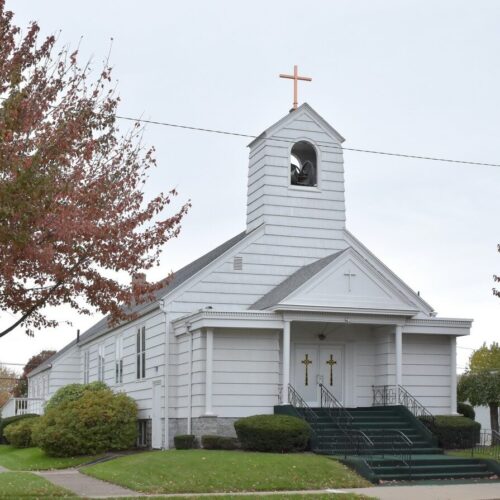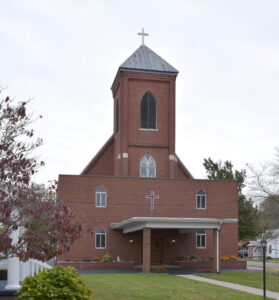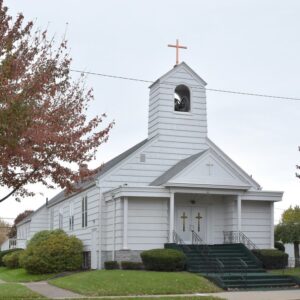Two communities combined to form Holy Family Parish. The first, St. Clement in Navarre, began in the early 1830s, with Masses celebrated by a priest traveling from Canton’s St. John Parish in the home of Anthony Winterhalter. The first church building was a log cabin completed in 1832, which was eventually used as a schoolhouse after a brick church was completed in 1844. A Victorian-style chapel was later built in 1851, and in 1859 the community received its first resident pastor, though he passed away just three months into his assignment. They received another permanent pastor in 1867, and from that point on the congregation had a stable pastorate.
A parish school was built in 1872, but it was only in operation until 1917 when financial troubles forced its closure. However, due to fundraising efforts throughout the late 30s and early 40s, the school was able to reopen in 1945 and was staffed by Sisters of the Holy Ghost for over five decades until it was ultimately closed in 2008 due to declining enrollment. In the 1980s, St. Clement helped develop joint Lenten and Advent services in Navarre and started a Vacation Bible School for the local children.
St. Therese in Brewster is the second community that is part of the modern-day Holy Family Parish. It was founded with the town of Brewster in 1906, when the Wheeling and Lake Erie railroad companies located their offices and shops there. Catholic Italian, Croatian and Slovenian immigrants attended Mass at St. Clement until Archbishop Joseph Schrembs of Cleveland gave them permission to establish their own parish. The first Masses were celebrated at the local theater until the church was dedicated on September 16, 1928. A parish hall was built in 1970, and throughout the late 90s and early 2000s, the parish received a series of upgrades and renovations, including a shrine to Saint Therese.
On July 1, 2011, the parishes were formally merged to become Holy Family Parish. Both worship sites remain open, with a conjoined parish council established to oversee the unification of the two congregations. The parish maintains a charitable food pantry and outreach program. The patronage of the Holy Family was chosen to reflect the family unit as the essential core of Christian life, as represented by the love, faithfulness and obedience to God’s will demonstrated by Jesus, Mary and Joseph.
Description from The March of the Eucharist, 2nd edition (2025) published by The Catholic Echo


